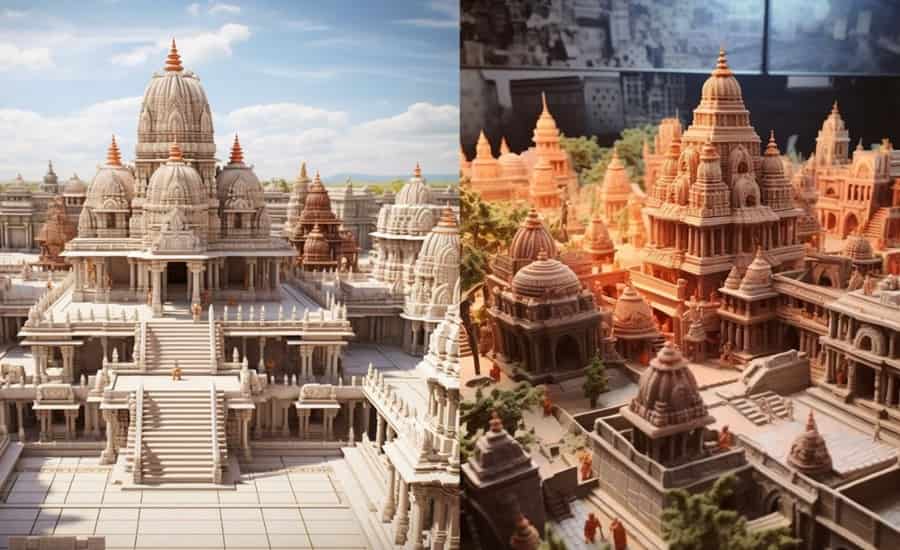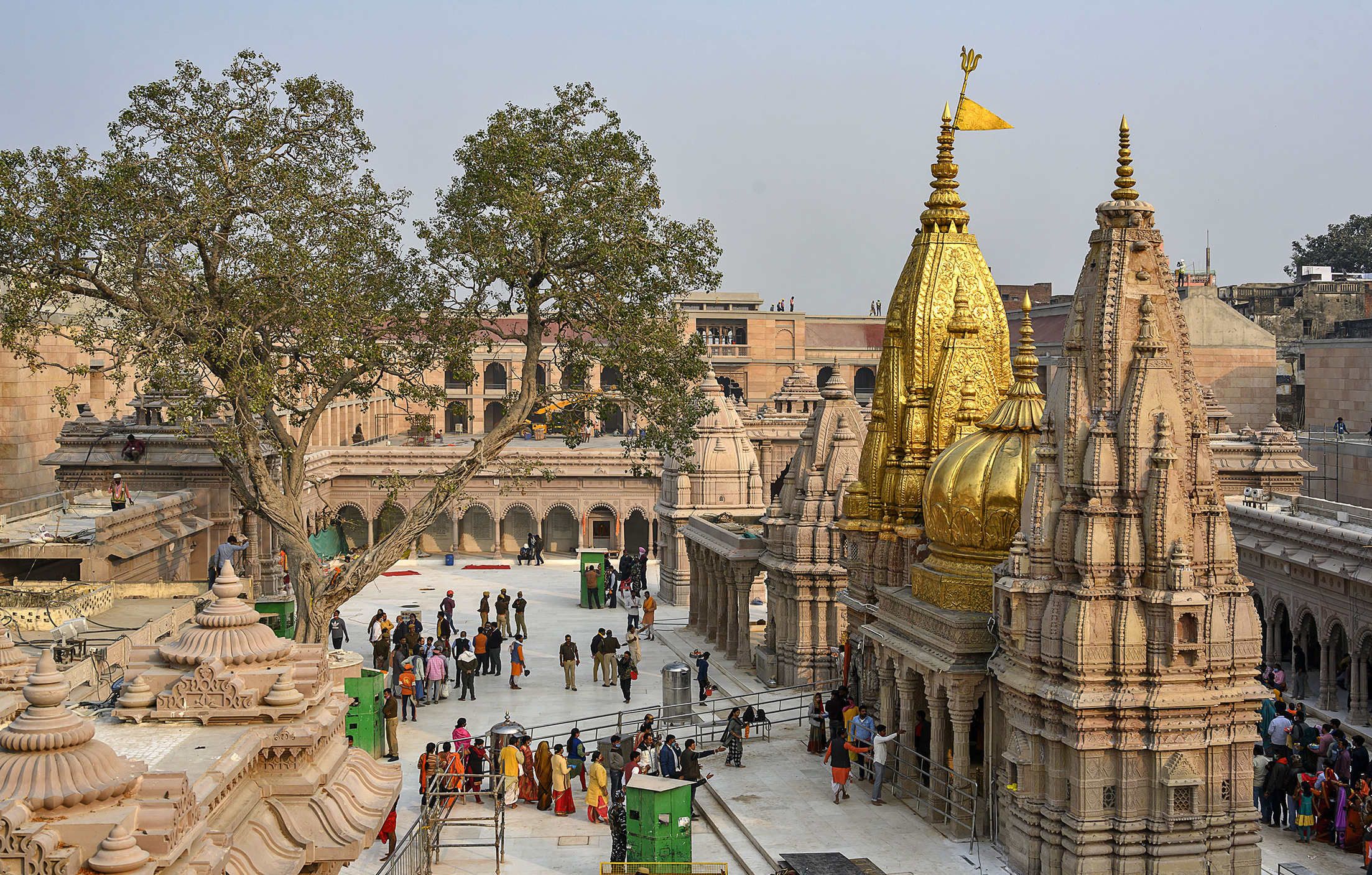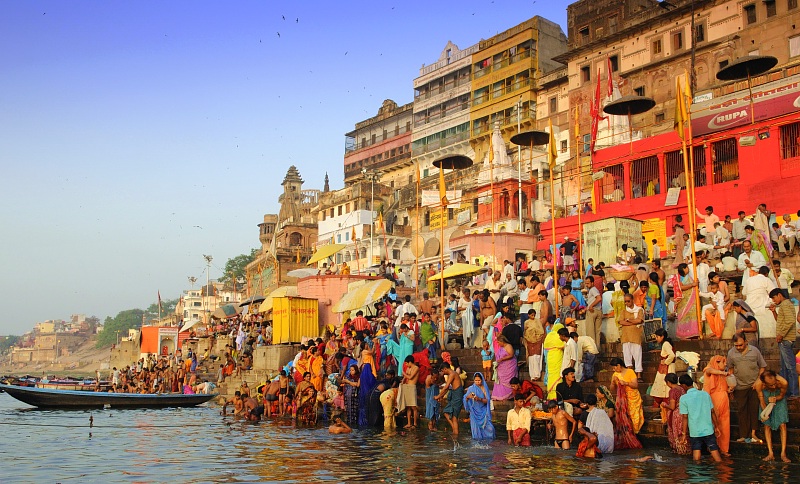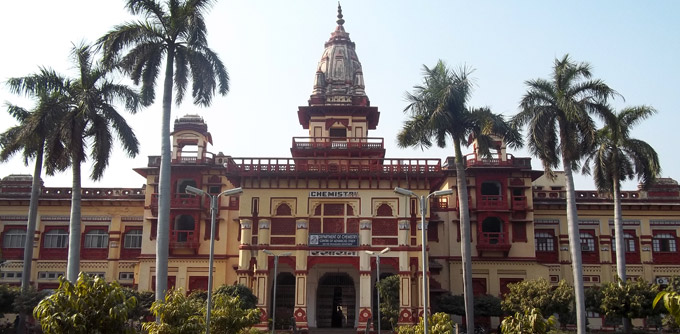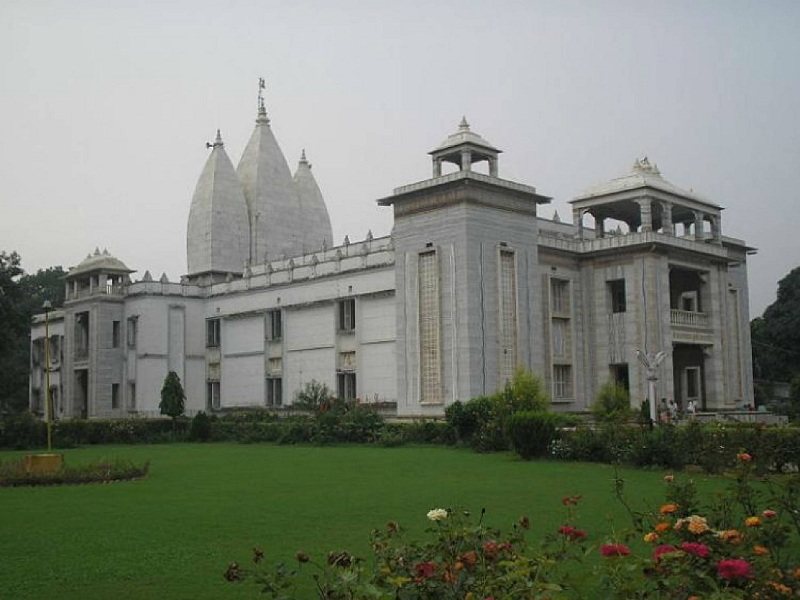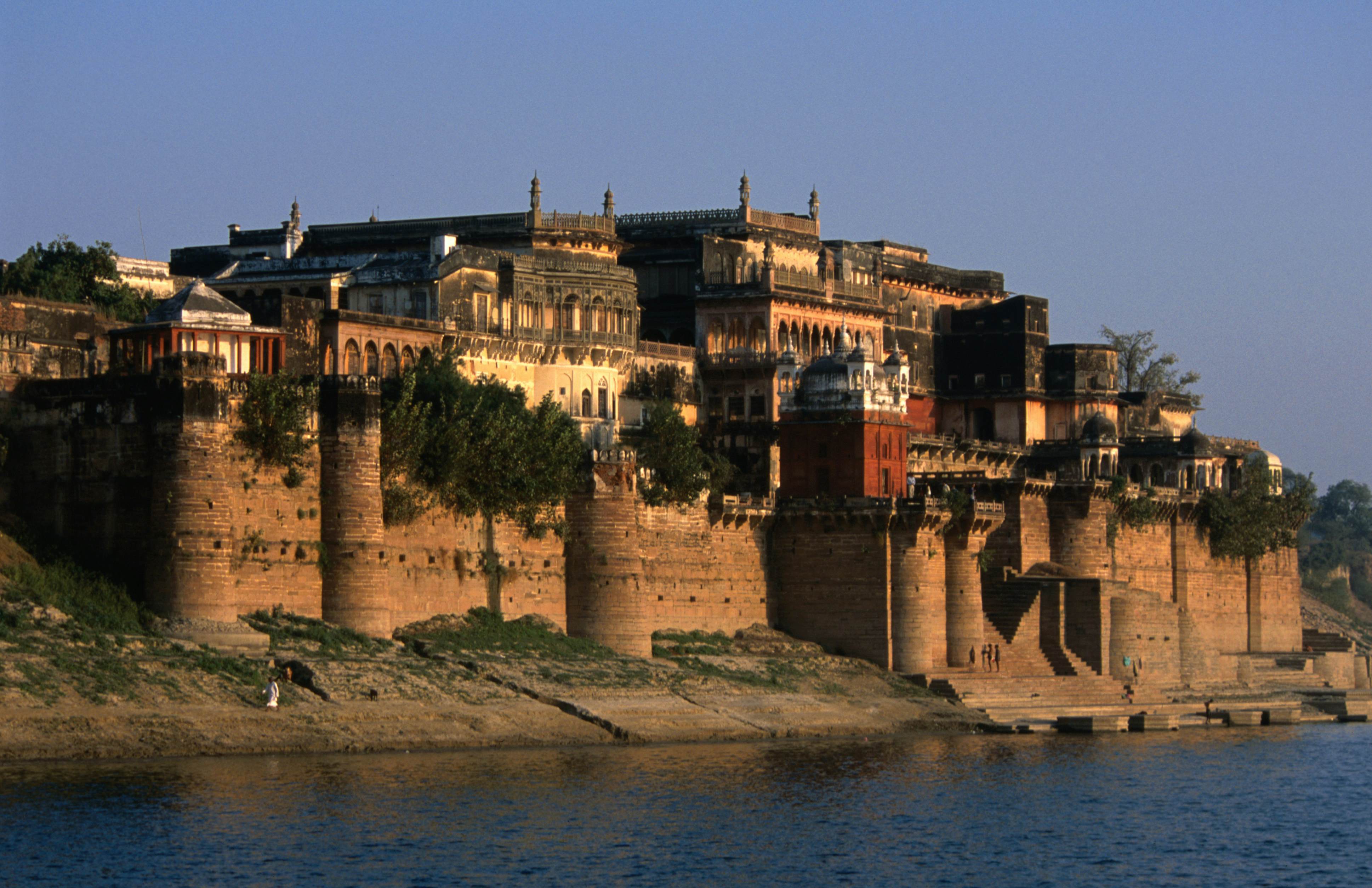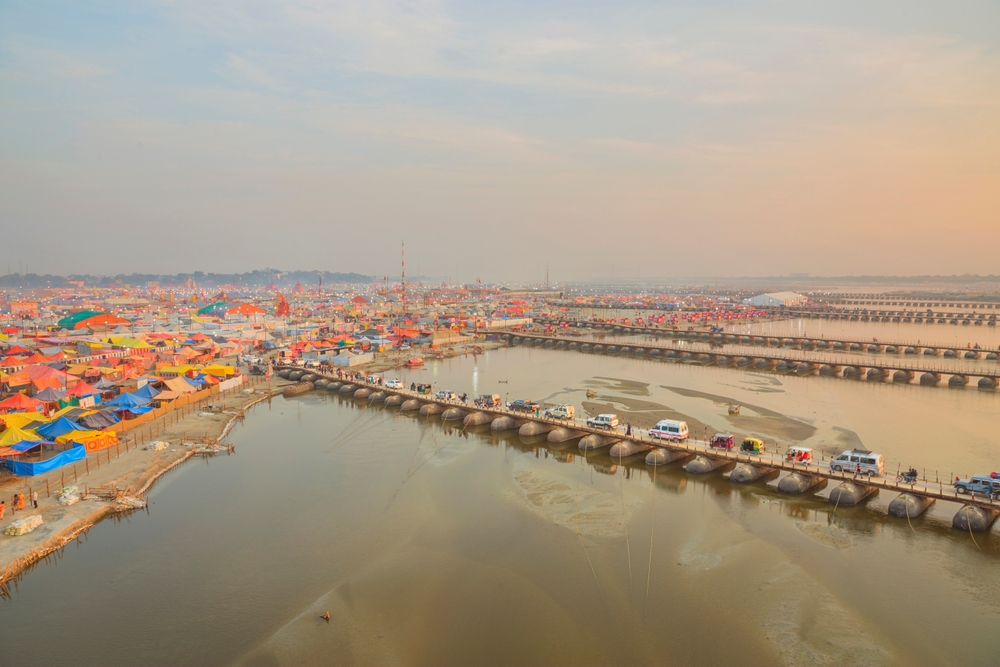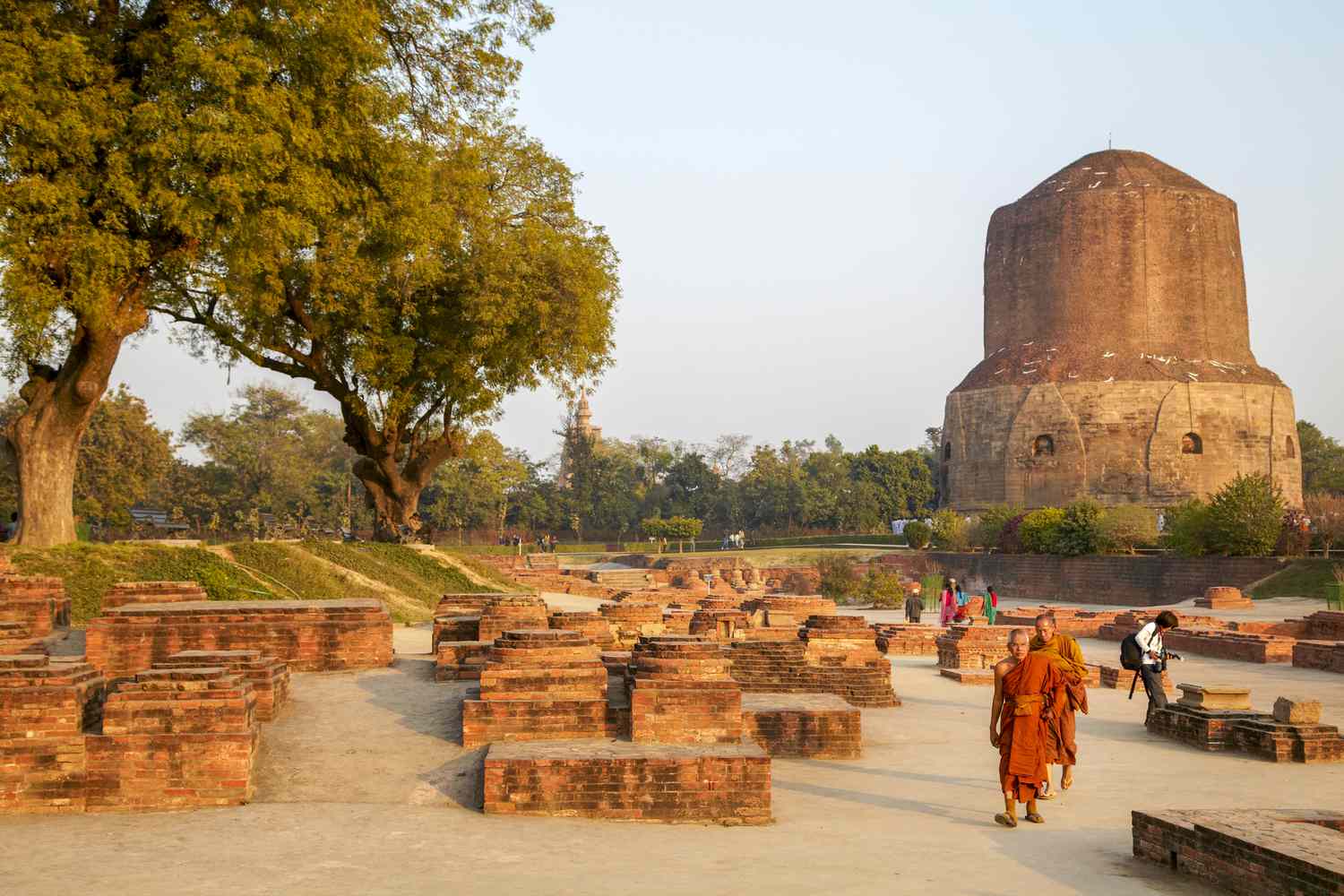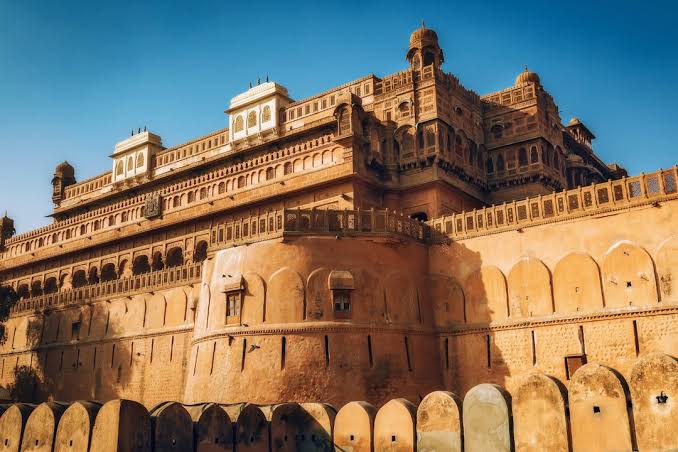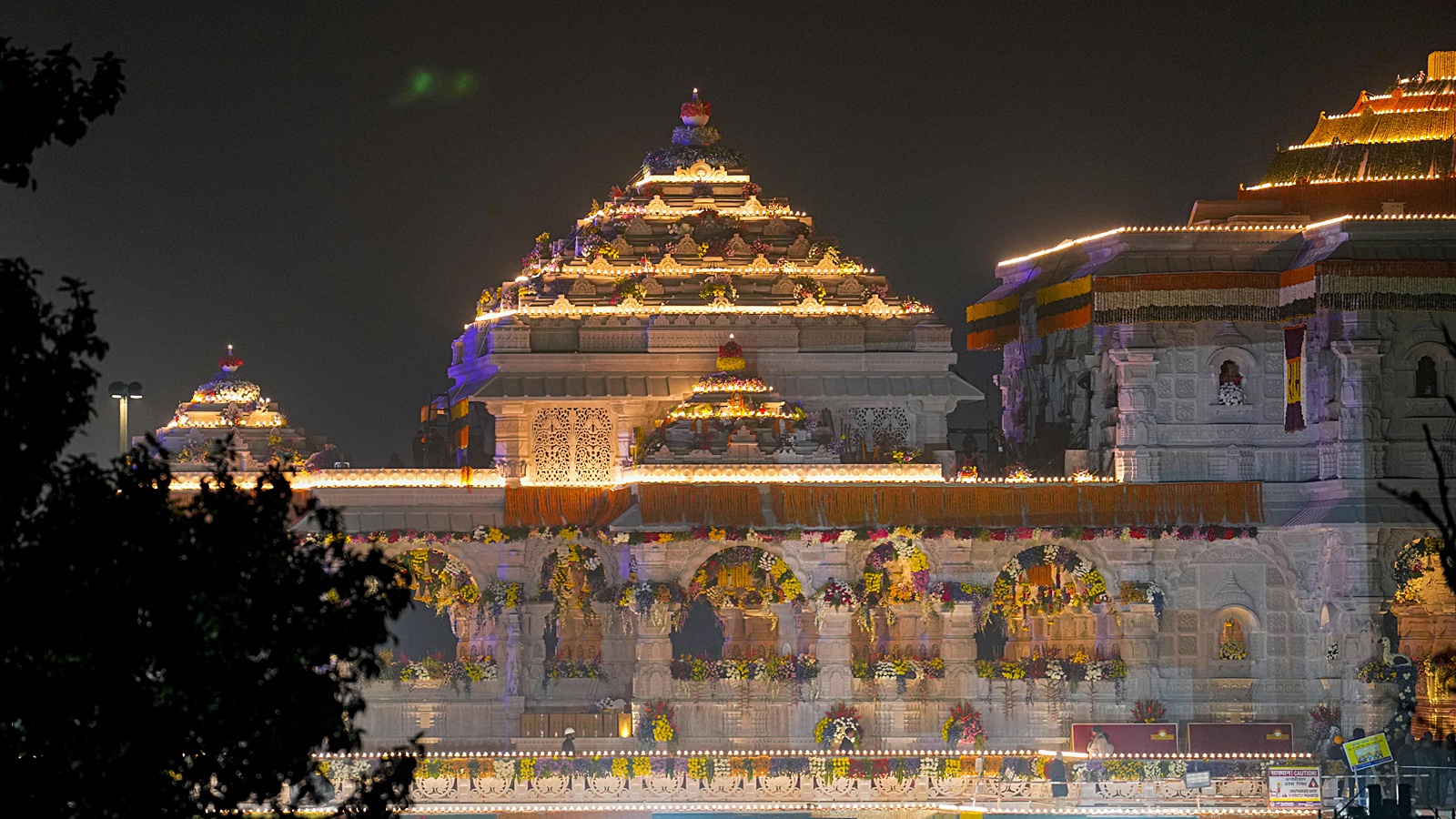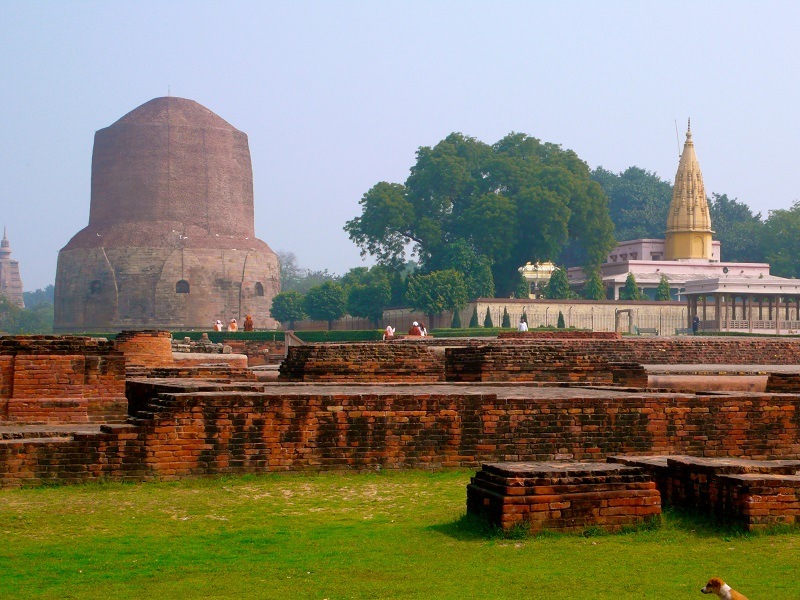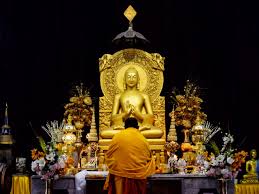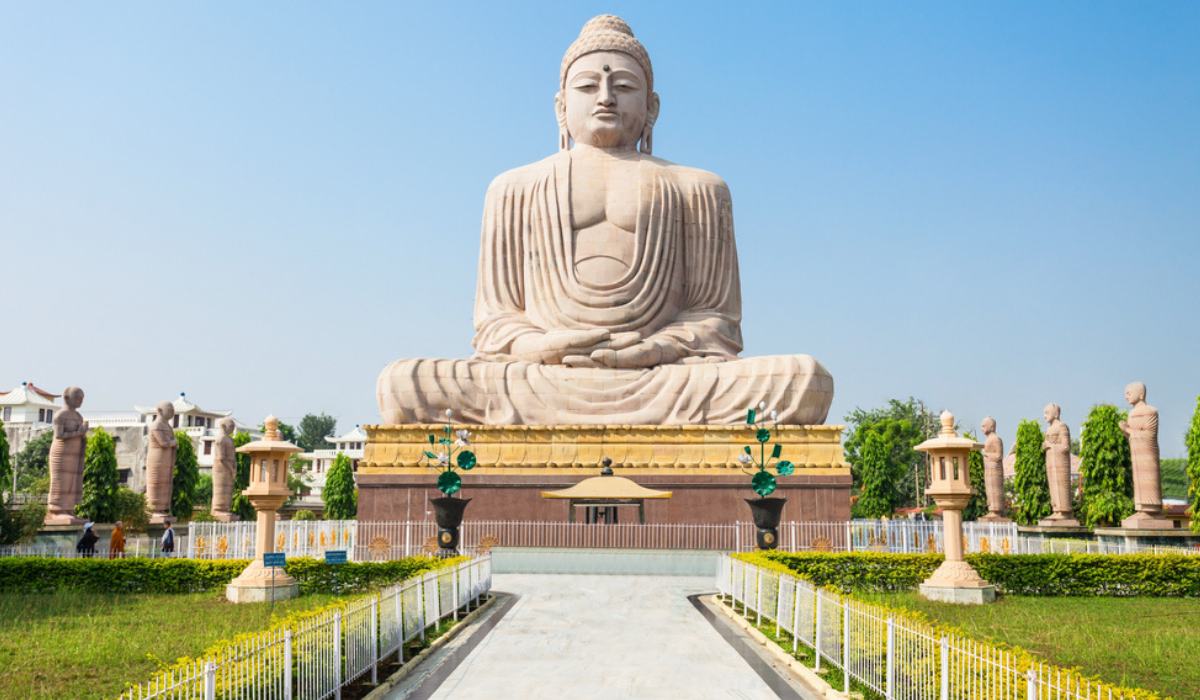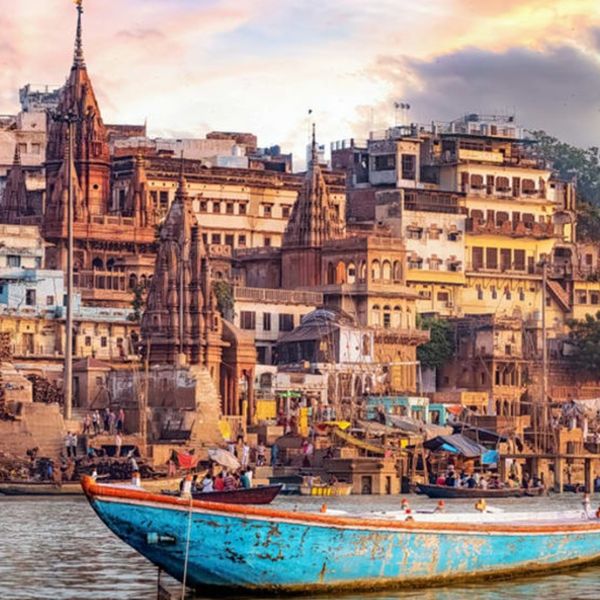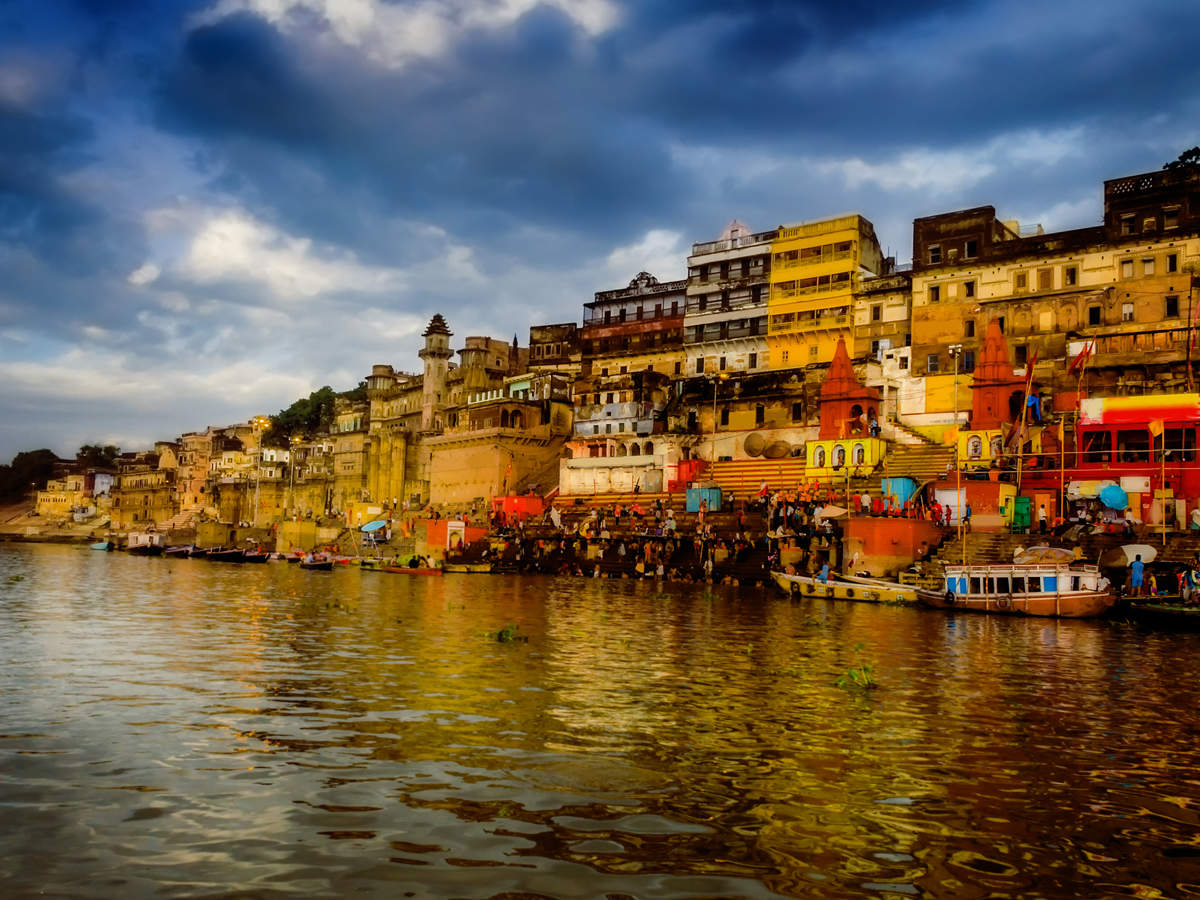- 3 Nights I 4 Day
- States : Uttar Pradesh
- Places Covered : Triveni Sangam, Allahabad Fort, Khusro Bagh, Anand Bhavan, Ram Janam Bhoomi Temple, Moti Mahal, Hanuman Garhi, Treta ke Thakur, Kanak Bhawan, Gupta Ghat, the Kashi Vishwanath Temple, Banaras Hindu University, River Front (Ghats), Durga Temple, Tulsi Manas Temple, New Vishwanath Temple, Bharat Mata Temple ,Ashoka Pillar, Ramnagar Fort
Varanasi-Sarnath-Allahabad-Ayodhya-Varanasi (3 Nights I 4 Days )
Arrival Allahabad & Local City Tour. Visit Triveni Sangam, Allahabad Fort, Khusro Bagh, Anand Bhavan. Overnight stay will be being Ayodhya.
Ayodhya City Tour, Visit Ram Janam Bhoomi Temple, Moti Mahal, Hanuman Garhi, Treta ke Thakur, Kanak Bhawan, Gupta Ghat and proceed to Varanasi. Overnight stay will be in Varanasi.
Varanasi Local Visit, Visit the Kashi Vishwanath Temple, Banaras Hindu University, River Front (Ghats), Durga Temple, Tulsi Manas Temple, New Vishwanath Temple, Bharat Mata Temple ,Ashoka Pillar, Ramnagar Fort. Overnight stay will be Varanasi.
Varanasi Local Visit and Drop to Airport or Station.
Triveni Sangam
Triveni Sangam is the confluence of the Ganges (Ganga), the Yamuna, and the legendary Saraswati River. Triveni Sangam is located at Prayag – the area of Prayagraj neighbouring the confluence; for this reason, the confluence is also sometimes referred to as Prayag.
Allahabad Fort
The massive fort built by Emperor Akbar in 1583 A.D. stands on the banks of the Yamuna, close to the confluence site. In its prime, the fort was unrivalled for its design, construction and craftsmanship. This huge, majestic fort has three magnificent galleries flanked by high towers.
Ayodhya
Ayodhya is a city situated on the banks of the Sarayu river in the Indian state of Uttar Pradesh. It is the administrative headquarters of the Ayodhya district as well as the Ayodhya division of Uttar Pradesh, India. Ayodhya was historically known as Saketa.
Ram Janam Bhoomi Temple
The Ram Mandir is a partially constructed Hindu temple complex in Ayodhya, Uttar Pradesh, India. Many Hindus believe that it is located at the site of Ram Janmabhoomi, the mythical birthplace of Rama, a principal deity of Hinduism. The temple was inaugurated on 22 January 2024 after a prana pratishtha ceremony.
Moti Mahal
Moti Mahal is also called as 'Pearl Palace'. It was the residence of Bahu Begum the beautiful pet spouse of Shuja-ud-daulah, the then Nawab in 1743. This palace may be cited as an illustration as one of the significant specimens of Mughal Architecture.
Hanuman Garhi
Hanuman Garhi is a Hindu temple of Hanuman in Uttar Pradesh, India. Located in Ayodhya, it is one of the most important temples in the city along with other temples such as Ram Mandir and Nageshwar Nath. This shrine is under the charge of Bairagi Mahants of Ramanandi Sampradaya and Nirvani Akhara.
Varanasi
Varanasi is a city in the northern Indian state of Uttar Pradesh dating to the 11th century B.C. Regarded as the spiritual capital of India, the city draws Hindu pilgrims who bathe in the Ganges River’s sacred waters and perform funeral rites. Along the city's winding streets are some 2,000 temples, including Kashi Vishwanath, the “Golden Temple,” dedicated to the Hindu god Shiva.
Kashi Vishwanath Temple
Kashi Vishvanath Temple is one of the most famous Hindu temples dedicated to Lord Shiva. It is located in Varanasi, Uttar Pradesh, India. The temple stands on the western bank of the holy river Ganga, and is one of the twelve Jyotirlingas, the holiest of
Banaras Hindu University
Banaras Hindu University is a collegiate, central, and research university located in Varanasi, Uttar Pradesh, India, and founded in 1916. The university incorporated the Central Hindu College, founded by Indian Home Rule-leaguer and Theosophist, Annie Besant in 1898.
Tulsi Manas Temple
Tulsi Manas Mandir is one of the most famous temples in the holy city of Varanasi. This temple has great historical and cultural importance in Hinduism since the ancient Hindu epic Ramcharitmanas was originally written at this place by Hindu poet-saint, reformer and philosopher Goswami Tulsidas in the 16th century.







 Ranked No.1 Domestic Tour
Operator by Ministry of Tourism
Ranked No.1 Domestic Tour
Operator by Ministry of Tourism